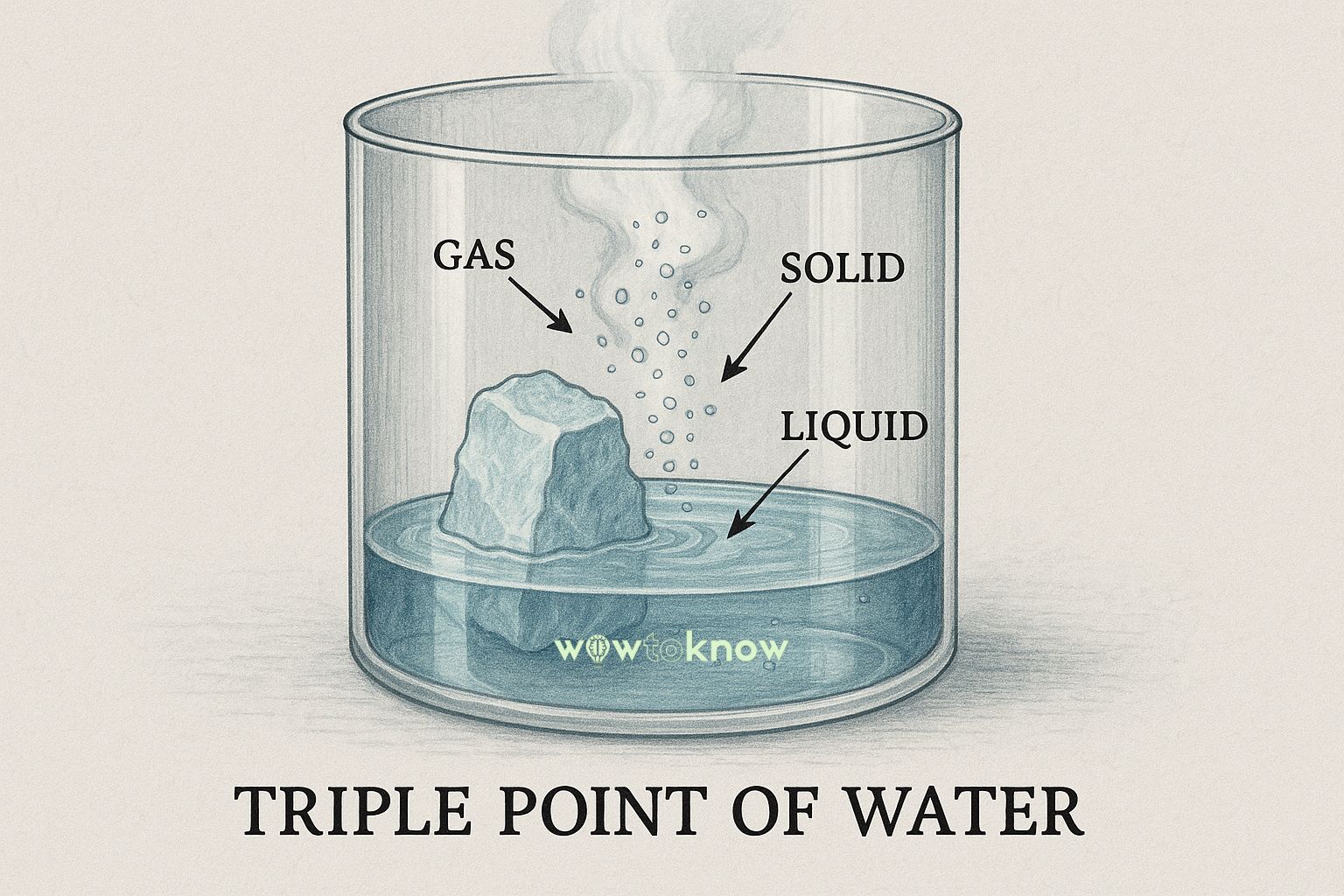In the annals of scientific inquiry, few experiments can match the longevity and patience required by the Pitch Drop Experiment. Initiated in 1927 at the University of Queensland, this simple yet profound experiment seeks to demonstrate the surprising properties of pitch, a substance that appears solid but is actually an extremely slow-flowing liquid. Over the decades, this experiment has captured the imagination of scientists and the public alike, providing invaluable insights into the nature of materials and the persistence of scientific curiosity.
The Genesis of the Pitch Drop Experiment
The Mystery of Pitch
Pitch, also known as bitumen or tar, is a derivative of petroleum. At room temperature, it appears to be a solid, brittle material that can be shattered with a hammer. However, pitch is actually a viscoelastic polymer that flows extremely slowly, exhibiting properties of both solids and liquids.
Professor Thomas Parnell’s Vision
In 1927, Professor Thomas Parnell of the University of Queensland set up an experiment to illustrate the fluid nature of pitch. He heated a sample of pitch and poured it into a sealed funnel. After allowing it to settle and harden for three years, he cut the funnel’s stem to observe how long it would take for the pitch to drip out.
The Ongoing Saga of the Pitch Drop Experiment
Decades of Drips
Since its inception, the Pitch Drop Experiment has produced only nine drops. The first drop fell in 1938, eleven years after the experiment began. Subsequent drops have occurred approximately every eight to twelve years, demonstrating the incredibly slow flow rate of pitch.
Milestones and Observations
One of the most remarkable aspects of the experiment is that no one actually witnessed a drop fall until the eighth drop in 2000, which was captured on a webcam. This elusive event underscored the patience required to observe the experiment in real-time and highlighted the challenges of studying extremely slow processes.
The Role of Modern Technology
In 2014, the ninth drop was successfully recorded using high-definition cameras, providing valuable visual data for analysis. Advances in technology have allowed scientists to monitor the experiment more closely and gather detailed information on the behavior of pitch over time.
The Significance of the Pitch Drop Experiment
Insights into Viscoelasticity
The Pitch Drop Experiment offers profound insights into viscoelastic materials, which exhibit both viscous and elastic characteristics. Understanding the behavior of such materials is crucial in fields ranging from materials science to geology, where similar substances like glaciers and lava flows are studied.
A Testament to Scientific Patience
The experiment is a testament to the importance of long-term scientific observation. It emphasizes that some phenomena cannot be rushed and that valuable data can emerge from seemingly simple and slow processes. The Pitch Drop Experiment serves as a reminder of the importance of patience, persistence, and curiosity in scientific research.
FAQ
What is the Pitch Drop Experiment?
The Pitch Drop Experiment is a long-term experiment started in 1927 at the University of Queensland to demonstrate the fluid nature of pitch, a substance that appears solid but flows extremely slowly over time.
How many drops have fallen since the experiment began?
As of now, nine drops have fallen since the experiment began in 1927.
Why is pitch used in the experiment?
Pitch is used because it appears solid at room temperature but is actually a viscoelastic fluid, demonstrating the surprising properties of some materials.
How long does it take for a drop of pitch to fall?
It takes approximately eight to twelve years for a drop of pitch to fall, highlighting the extremely slow flow rate of the material.
Has anyone ever seen a drop fall in real-time?
The eighth drop, which fell in 2000, was the first to be captured on a webcam, while the ninth drop in 2014 was successfully recorded using high-definition cameras.
The Pitch Drop Experiment stands as one of the longest-running scientific experiments in history, illustrating the remarkable properties of pitch and the importance of patience in scientific research. Since 1927, this seemingly simple experiment has provided invaluable insights into the nature of materials and the slow processes that govern their behavior. As it continues into the future, the Pitch Drop Experiment will undoubtedly inspire new generations of scientists to explore the world’s mysteries with persistence and curiosity.







